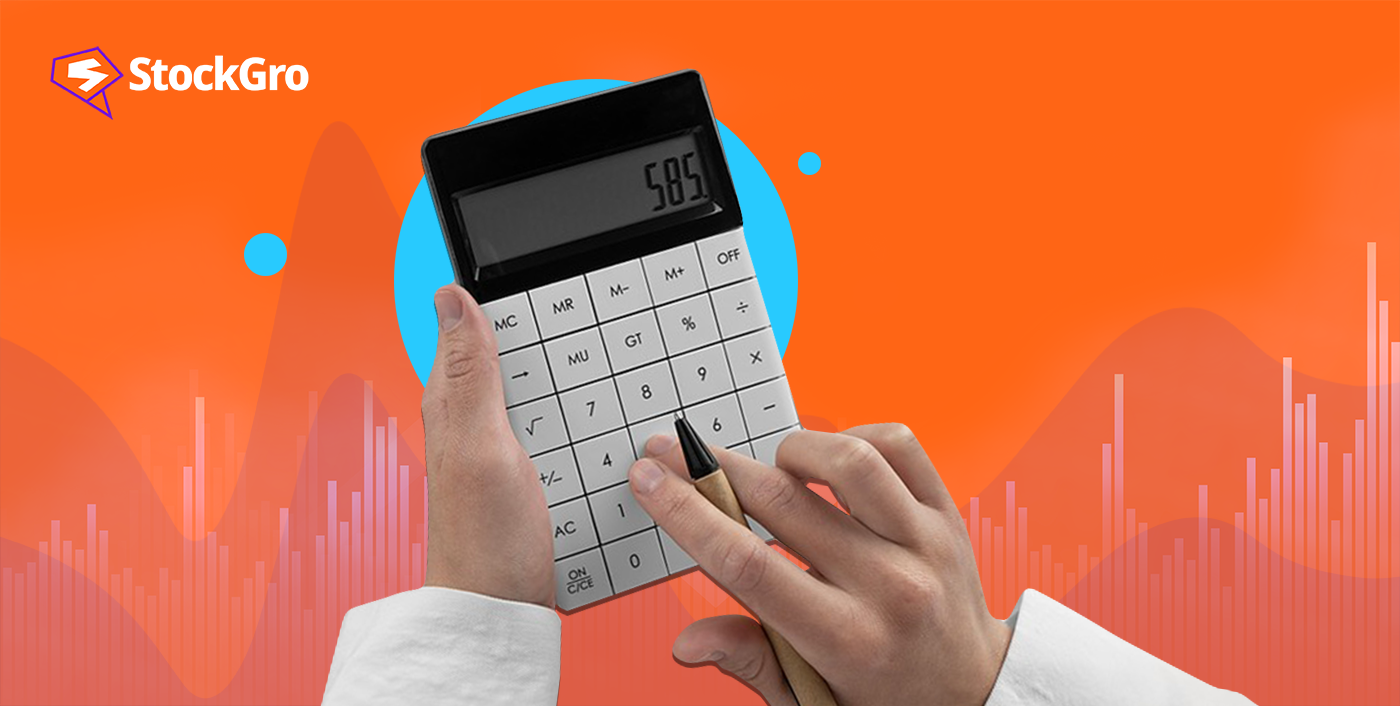
For any investor, the main objective of participating in the market is to gain profits from it. Either you buy stock through a brokerage or directly, and you sell it when the time is right to get the maximum return on investment. That’s the core concept of generating profits from the stock market.
Gains on investments are entirely dependent on the purchase and selling prices; no other factor has as big of an influence on the total as these two numbers. Understanding the percentage returns on various assets will help you make better financial and investment choices in the future by allowing you to figure out which asset is best for you and to what extent.
In addition, you will be able to understand the expected returns in advance by breaking down your percentage gains across numerous assets. Let’s take a closer look at percentage gain.
You may also like: Exploring small-caps: Rising stars with significant profit potential
What is the gain percentage?
Before we jump into what percentage gain is, let’s understand what gain means in the investment sector. Gain is defined as an increase in the price of an asset you hold.
Let’s take an example where you have fifty shares at INR 1000 at the start of the month. Those shares were worth INR 1500 when you sold them at the end of the month. There was a gain of INR 500 per share as the asset was sold for more than it was bought for. Gains are what encourage investors to continue in the market, as opposed to losses, which occur when the selling price is less than the acquisition price.
In this context, the figure that is derived from the buy and selling prices of a stock using a predetermined formula is known as the gain percentage or % gain. Having a clear understanding of how to calculate the gain % of the assets you are holding is a crucial instrument in your investment toolbox.
Below is the chart of the top 10 NSE gainers in the NIFTY 50 as of November 29, 2023.
How to calculate gain percentage?
As an investor, you must first figure out the purchase price or the initial cost of the investment before calculating the percentage gain on it. To determine the gain or loss on the investment, the purchase price needs to be deducted from the selling price. Here’s a quick formula that you can use to estimate the gain of your investment:
Gain = Selling cost – Buying cost
In reference to the above-mentioned example, there was a gain of INR 500 per share when you sold it for INR 1500 after purchasing it for INR 1000.
The percentage gain is determined by taking the difference between the purchase and selling prices and expressing it as a percentage relative to the purchase price. Calculate gain percentage formula using:
Percentage gain = {(selling price – buy price) / buy price} x 100
So, if we continue with the example above, the % gain will be:
Percentage gain = (500 / 1000) x 100 = 50%
The percentage gain helps investors in estimating the potential profitability of stock investments.
Also read: What is gross profit? What does it indicate about a company’s financial position?
How to calculate gain percentage with examples
Several other investment types, like stock holdings or indexes, may be calculated using the percentage gain or loss method. Here are some examples:
Stock holdings
If an investor purchased 50 shares of Tata Motors at INR 700 a share, the first investment would have cost INR 35000.
Let’s assume each of the 50 shares was sold for INR 720; the total revenue from the transaction would be INR 36000. The investment gain would have a monetary worth of INR 1000.
To calculate the % gain, use this formula:
[(₹36000 buying price– ₹35000 selling price) / ₹35000] x 100 = 2.85%
Index funds
To calculate the potential return on your investment in an index fund, imagine the following situation.
Let us assume that the index fund had an opening value of 19,000 and ended the month at 21000.
The percentage increase is 10.5% ([(21000 – 19000) / 19000] times 100).
Also read: What is return on sales and why is it important?
Why is it important to understand gain percentage?
Making wise investing decisions requires having a thorough understanding of how the concept ‘gain’ functions. Understanding how to calculate gain percentage enables investors to assess the return on their investment in stocks. They may compare their profits to those of other investors with a gain percentage.
Think about the following situation. Let’s say you invested ₹ 5,000 in Asset A and got a return of ₹ 1000. In contrast, you acquired Asset B for ₹ 2,000 and made ₹ 500 from it. Initially, it seemed that Asset A fared better than Asset B, yielding returns that were twice as high. But is it so? Unfortunately, it is not.
Since you achieved a 20% return on investment with the initial investment, on the other hand, if you examine more attentively, Asset B outperformed Asset A by a significant margin with a 25% return.
To put it simply, invested money is not precisely the same every time, as it was in this case. That’s why determining your investment return in absolute terms—capital earned—does not provide you a clear picture of how well it accomplished.
You may compare different assets and use the asset percentage calculation to help you make smart financial choices in the future.
Conclusion
It is easier for investors to compare performance and evaluate risk when they are aware of the profit and loss percentage formula of a stock. To get a more precise depiction of the % gain or loss on an investment, investors need to include factors like holding expenses, commissions, and slippage in their consideration.
This is because these factors are usually not included in the publicly declared percentage change of an investment. To estimate the overall returns on an investment, investors need also include in distribution payments, such as dividends, when calculating percentages.

